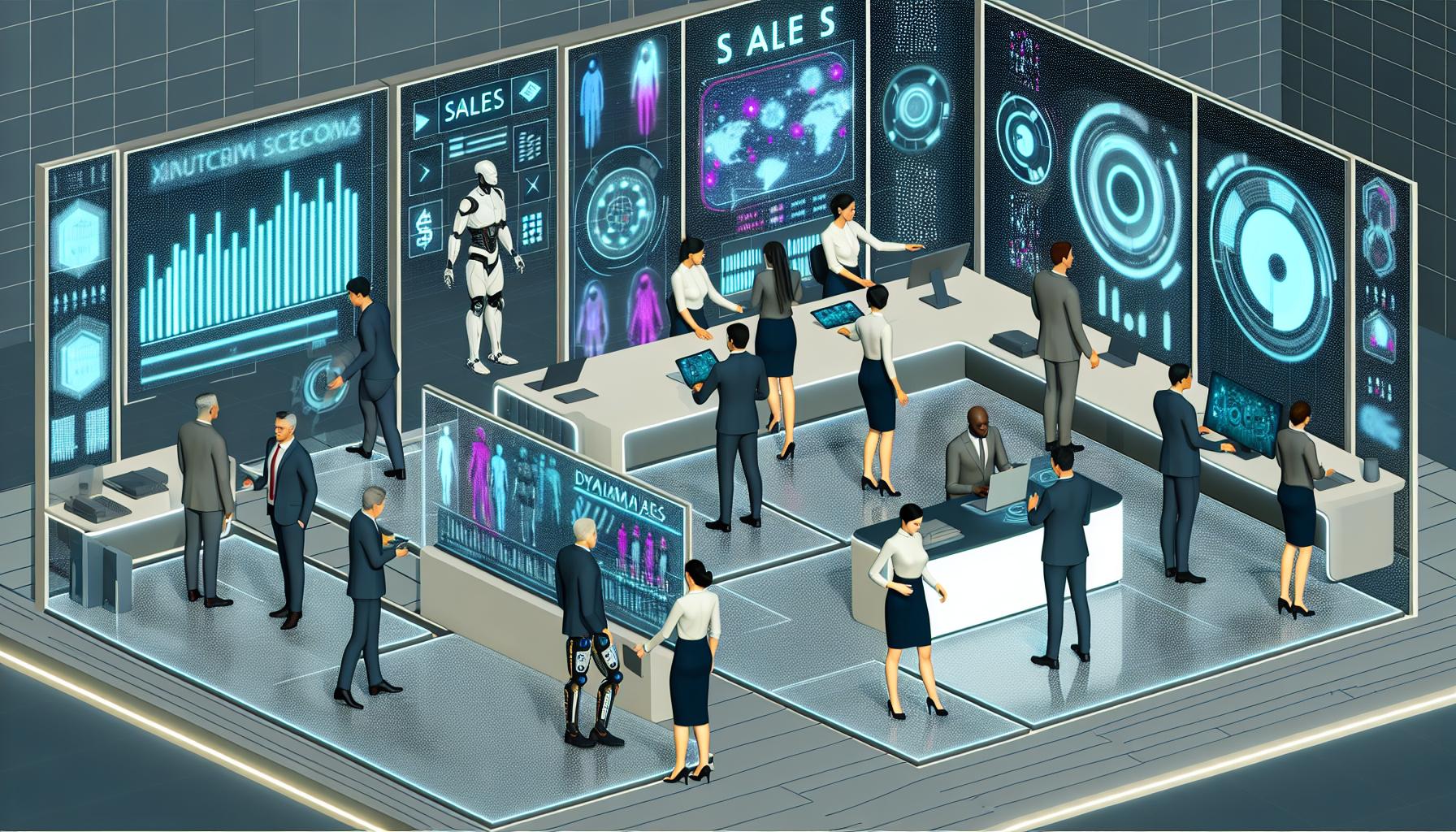Sales leaders have faced four huge shocks in just four years. And those shocks have transformed how B2B sales is done.
The four shocks are:
1. Covid
We’re still dealing with the after-effects of covid (for example, see RTO battles). One thing we can be sure of is it accelerated the long decline of geography as a fundamental organizing principle of sales. Even if you live next to prospect HQ, there’s no guarantee your buying committee is anywhere near there. Like it or not, most sales activity now happens remotely.
2. ZIRP
Free money! Lots of B2B SaaS companies grew way too fast and sales teams ballooned out of all proportion to their market opportunity. CAC, like good sense, was dead in the pursuit of growth. It was fun, but never sustainable.
3. De-ZIRP
Money costs money again! All that sales headcount from 2021 and 2022? Gone. Welcome back, CAC.
4. AI
When I say AI, I mean Generative AI—the ability to consume, understand, transform and create previously “unstructured” data like text, images and video. Sales is uniquely vulnerable to this technology [1]. Besides support, there’s no other part of a business that spends as much time and money acting as an “agent” on behalf of the company and dealing with lots of manual semi-structured interactions.
So where do we go from here?
We’re at a monumental inflection point in sales. We must have justifiable unit economics and will for the foreseeable future. At the same time, reaching prospects has become harder and less efficient (see the 975 “outbound is dead” LinkedIn posts published in the last 20 minutes). It also seems very likely that AI-augmented sellers can produce more pipeline than non-augmented sellers. Now, it remains to be seen which sales roles might be replaced entirely but that number ain’t 0.
This all points to smaller, lighter sales teams operating at a much higher level of efficiency. In some ways, this is like the transitions we’ve seen in manufacturing and the military—moving from high headcount and low tech to low headcount and high tech.
Leaders with a “mass” mentality of taking territory (literally and figuratively) with lots of reps will lose to those who operate more agile teams with better systems of action. They make decisions faster. They act on opportunities faster.
Speed of adaptability, not size, becomes the defining characteristic of those that win.
It’s a good idea to examine all the high friction parts of your sales process that make you less agile. What are the things you can’t change quickly if you need to? Territories set in stone once a year? ICP you can’t change because you don’t have data you need? ROE that limits collaboration?
Don’t worry. If you don’t tackle those things now, you won’t have to worry about it long. Someone that adapts more quickly will take all your customers—or maybe your job.
—
[1] Previous forms of “AI” (e.g. ML classifiers, forecast models, audio transcription, better search, etc) weren’t a meaningful change to the way sales works—they just made some parts of the process better.





